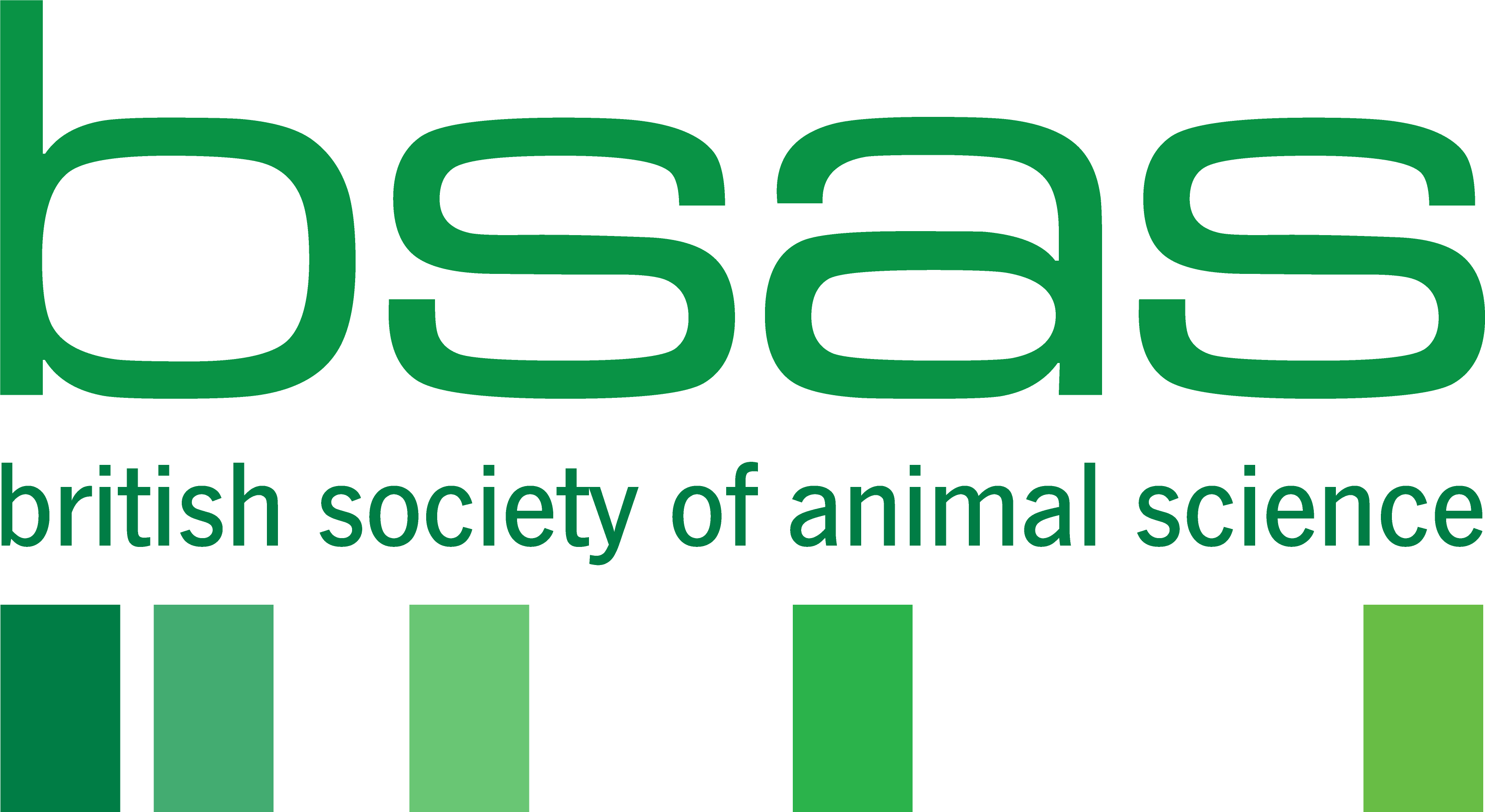Reaching net zero in UK dairy production
By Lucy Ross
The UK dairy industry has an important role in providing food security by generating nutritious products from non-competitive resources. However, dairy producers must deliver this whilst also reducing their greenhouse gas emissions to contribute towards the global goal of achieving net zero by 2050.
In 2017, UK greenhouse gas (GHG) emissions amounted to 464 million tonnes (Mt) of carbon dioxide (CO2) equivalents. The largest contributors were the transport, energy, business and residential construction sectors. Agricultural emissions from livestock contributed around 6% of UK total GHG emissions (29.1 Mt of CO2 equivalents), predominantly due to methane produced by enteric fermentation from ruminants and nitrous oxide from manure management. However, this value does not consider that 65% of farmland in the UK is best suited to grazing livestock and growing grass rather than producing crops. So, when accounting for the net reduction of 9.2 million tonnes of carbon presently sequestered by UK grasslands, emissions from livestock are reduced to 4% of UK total GHG emissions.
It is notable that the proportion of GHG emitted by agriculture is different to other sectors where CO2 is the principal GHG emitted due to fossil fuel combustion. Only 10% of total UK agricultural emissions were from CO2. Lowering methane and nitrous oxide production in agricultural systems is more complicated than simply cutting CO2 emissions because methane and nitrous oxide occur as part of natural, biological processes, rather than produced as new.
Dairy production has the lowest global warming potential compared to other livestock systems, ranging from 1.1 – 2.5 kg CO2 equivalents, but there are mitigation strategies available which can reduce this further by increasing production and feed efficiency, and improving herd health and fertility. Examples include:
- Selecting genetics for higher yields and greater disease resistance, as healthier, more productive cows produce less GHG per litre of milk
- Reducing the number of replacements by calving more heifers at 24 months and increasing herd longevity to spread rearing emissions over more litres of milk
- Altering the diet composition in housed systems to reduce enteric methane.
Additionally, a recent report on whole-farm feed efficiency in the UK categorised systems according to days grazing and identified that cows housed all year round produced more milk, had higher feed efficiency, and used less land. This was because greater yields dilute maintenance requirements which increases feed efficiency, and housed cows which yield more milk can be fed diets with lower acetate: propionate ratio concentrations, which produce less methane compared to grazed grass. This supports that housed systems are biologically more efficient and can use diets that utilise grassland and cropland better, as well as which incorporate human food by-products and non-edible materials, which lessens the feed-food competition for land use and resources.
Lastly, increasing carbon capture, boosting the bioeconomy, and improving biodiversity are also included in the approaches to achieving net zero. Ideas for dairy systems to decrease their environmental impact, beyond improving production and feed efficiency, could include renewable energy diversification; novel construction and insulation materials such as hemp fibre and sheep’s wool; LED lighting; and planting trees and hedgerows elsewhere on farm.
The urgency to deliver net zero by 2050 is a challenge, but using practical mitigation strategies, the UK dairy industry can achieve this whilst maintaining its leading role in sustainable food production.
References
Centre for Innovation Excellence in Livestock (2020). Net zero carbon and UK livestock. Available: https://www.cielivestock.co.uk/wp-content/uploads/2020/09/CIEL-Net-Zero-Carbon-UK-Livestock_2020_Interactive.pdf
Committee on Climate Change (2020). Reducing UK emissions: 2020 progress report to parliament, June 2020. Available: https://www.theccc.org.uk/publication/reducing-uk-emissions-2020-progress-report-to-parliament/
Garnsworthy, P.C., Gregson, E., Margerison, J.K., Wilson, P., Goodman, J.R., Gibbons, J., Dorigo, M., Topliff, M. (2019). Whole-farm feed efficiency on British dairy farms. Advances in Animal Biosciences 10(1), 193.
Poore, J., Nemecek, T. (2018). Full excel model: Life-cycle environmental impacts of food and drink products. University of Oxford, Oxford. Available: https://ora.ox.ac.uk/objects/uuid:a63fb28c-98f8-4313-add6-e9eca99320a5
Williams, A.G., Audsley, E. and Sandars, D.L. (2006). Determining the environmental burdens and resource use in the production of agricultural and horticultural commodities. Main Report. Defra Research Project IS0205. Bedford: Cranfield University and Defra. Available on www.silsoe.cranfield.ac.uk, and www.defra.gov.uk
For more information, please contact PhD student Lucy Ross (email: lucy.ross@nottingham.ac.uk) or supervisor Professor Phil Garnsworthy (e-mail: phil.garnsworthy@nottingham.ac.uk).
Lucy Ross is a final year PhD student at the University of Nottingham, researching heifer rearing and whole-farm feed efficiency in UK dairy systems in partnership with AHDB.
